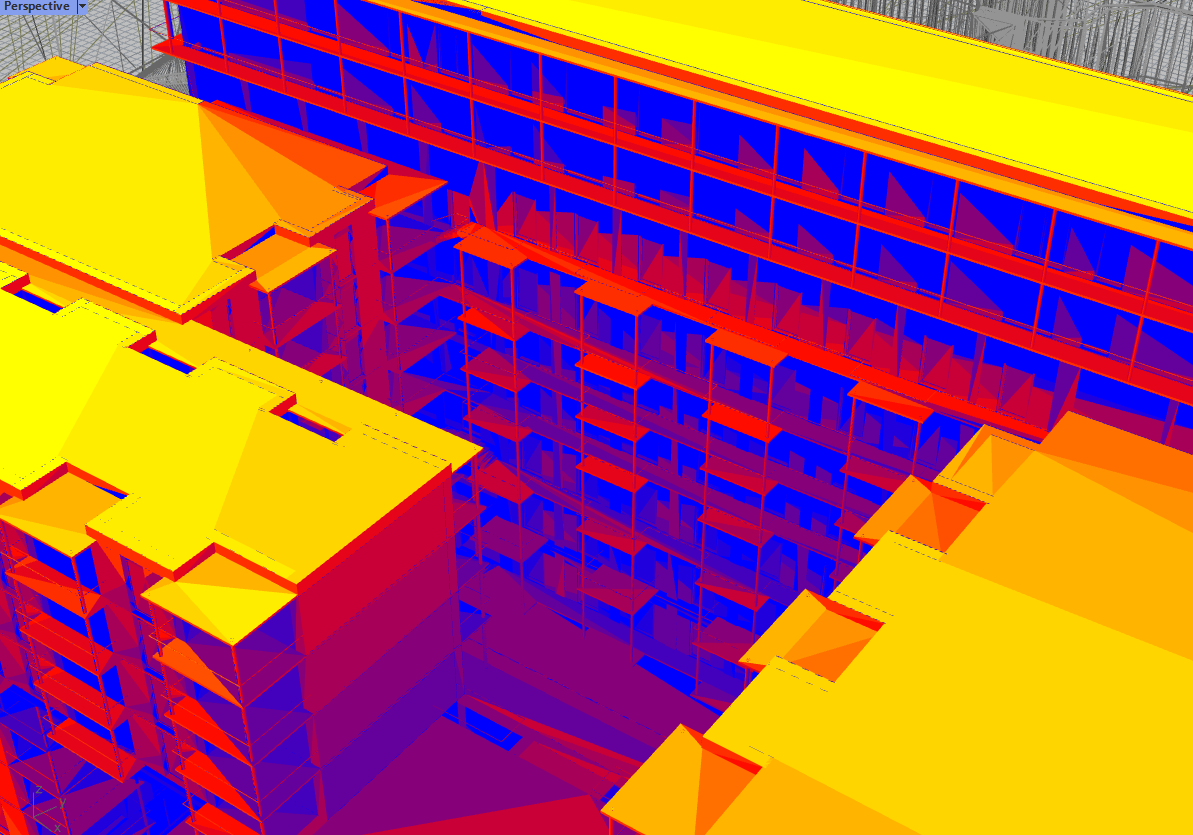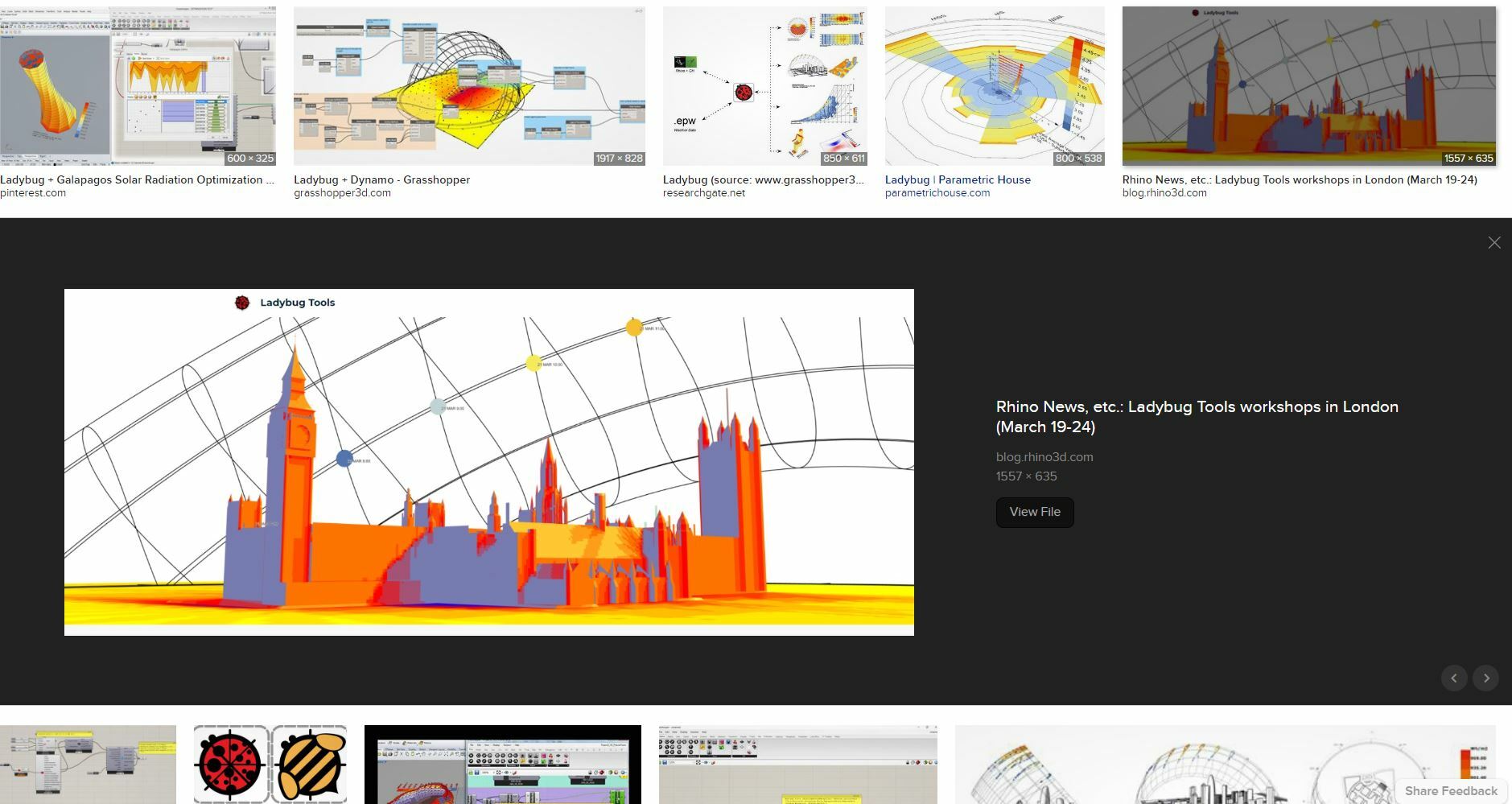I was just wondering if anyone has done sunlight / shading analysis in FME?
In Rhino 3d + Grasshopper, Ladybug and Honeybee are plugins that can do this. Below a few images.

 I know that one can do some interesting stuff with the surface footprint replacer, and change the angles, and thereby create shadows. But thought I would ask before diving deeper. Maybe another option would be to go the ESRI route.
I know that one can do some interesting stuff with the surface footprint replacer, and change the angles, and thereby create shadows. But thought I would ask before diving deeper. Maybe another option would be to go the ESRI route.
Ladybug:
Cheers
Fred





